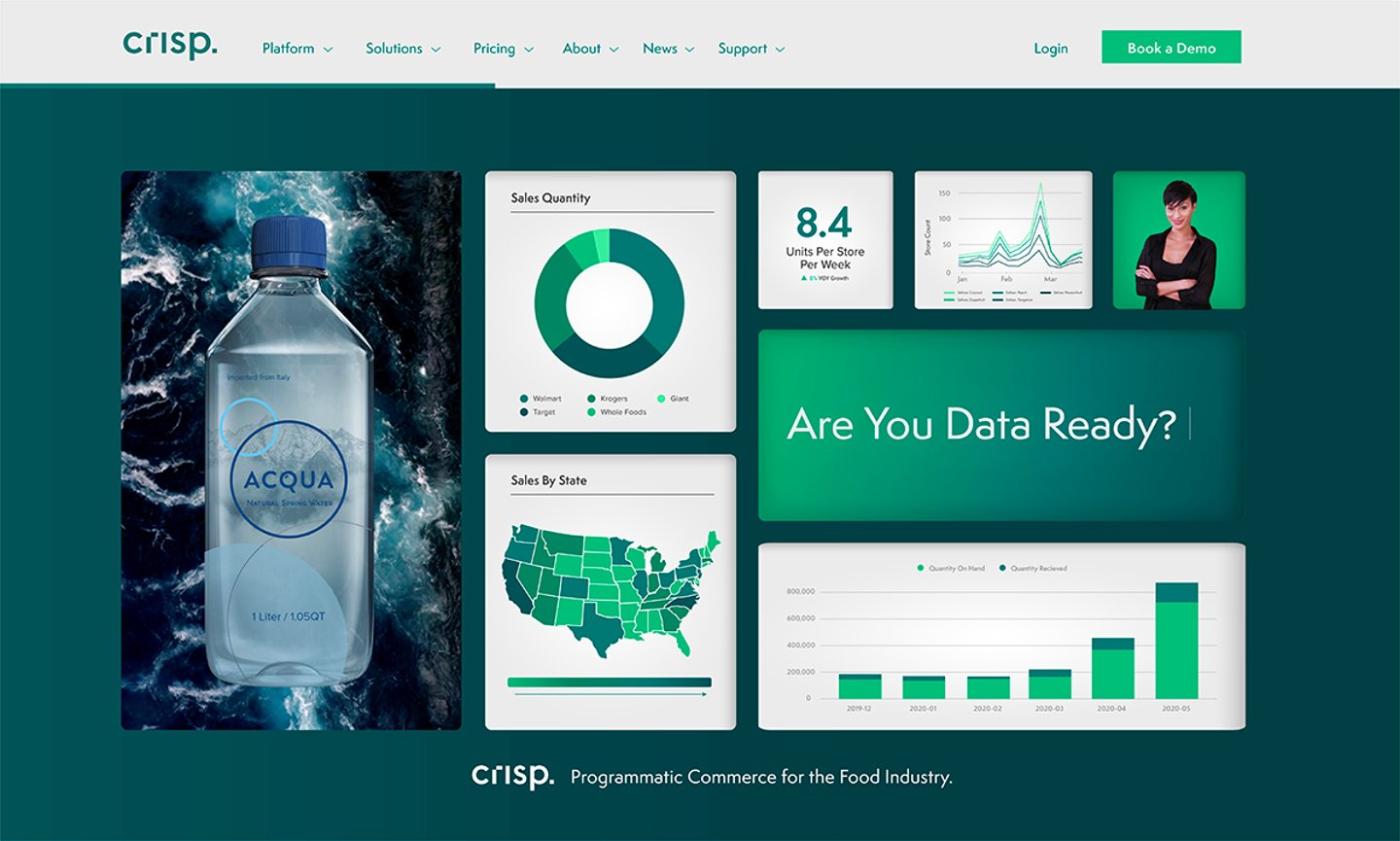How High Road Dove Into Demand Data to Navigate the Pandemic
When High Road Craft Brands was plotting its expansion, it knew it needed a better way to aggregate and leverage all of the information from its distributor reports.
The ice cream company was spending an excessive amount of time collecting and sorting the data, Madison Schroeder, national director of sales, tells CGT, so much so that it wasn’t able to properly analyze and efficiently make use of the insight.
This need for data insight was particularly acute during the thick of the pandemic, with consumers pantry-loading products like frozen pizza and frozen vegetables. This in turn led to freight challenges for High Road as its ice cream was sometimes left off trucks in place of more nutritious and essential items, says Schroeder.
(Editors' note: We take issue with the notion that ice cream isn’t essential.)
Now six months into the implementation of a new programmatic commerce platform from Crisp, High Road receives real-time insights to track and manage its inventory levels, thereby receiving more clarity into its distribution operations and dramatically improving its logistics during the health crisis.
Developed to help CG brands and retailers identify supply chain disruption, predict store and online traffic, track inventory and product performance, and replenish virtual and store shelves, the platform leverages pre-built integrations to retail portals and business intelligence tools to connect with 80% of the top grocery retailers and distributors in the U.S.
For High Road, just having all of the data in one location translated into winning half the battle.
“We were experiencing a lot of canceled trucks, a lot of delays, a lot of appointment errors,” Schroeder says. “Being able to see the inventory on hand, all in one place, helped us navigate that with ease.”
Managing inventory has been difficult for many consumer goods companies during the pandemic, and dealing with frozen foods adds another layer of complexity — Schroeder cites the example of trying to navigate the regional differences of ice cream flavors. With all of the inventory and demand data in one location, the company was able to properly sort it in order to zero-in on the areas of the country in need.
In addition to better managing its logistics and reducing costs, having a unified dashboard has enabled High Road to have more clarity into its sales figures as well.
“On the sales side, we've saved a lot of time when it comes to reporting back to buyers. Whether it’s at the retail level or the distributor level, we're able to gain real-time insights, provide updates [and] analyze trends,” she says.
The visual displays have also been helpful for the non-spreadsheet-loving High Road associates when planning their loads, she notes.
Furthermore, having this digestible data at their fingertips is also going a long way in improving its relationships with retailers. As High Road sells through retailers ranging from single stores to those with thousands of locations, this easy access to data enables the brand to significantly improve its customer service by quickly recommending certain shelf sets and product assortments based on the historical and regional sales data.
For other brands seeking to improve their demand planning during the pandemic, Schroeder is a strong advocate for SKU rationalization whenever possible, as well as developing reasonable order minimums. Coupling these priorities will both help cut down on freight costs while also ensuring distributors and buyers aren’t stuck with too much inventory. Out of stocks, after all, can be killers for both small retailers and consumer goods companies.
Also: Overcommunicate with your retailers, with your distributors and with your teams. “You never want anything to go unsaid. You always want to keep that chain of communication open so that you avoid out-of-stocks at any given time.”






